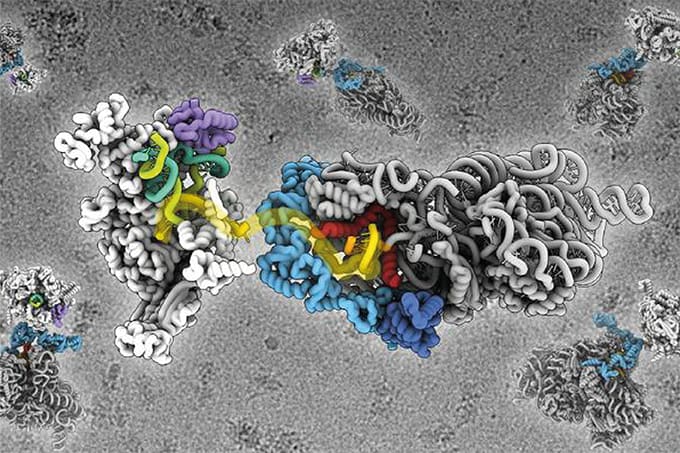
Example image of the high-throughput microscopy method used in the study, showing immune cells stained with different fluorescence markers.
Credit: © Felix Kartnig_CeMM _MedUni Vienna
A new microscopy-based approach could help personalize treatment for rheumatoid arthritis (RA) by providing a detailed view of how individual patients' immune cells respond to different drugs. The method allows researchers to analyze drug effects directly on blood samples, potentially improving treatment selection and reducing the need for trial-and-error prescribing.
Using high-content fluorescence microscopy, researchers analyzed immune cells from 65 RA patients and 33 healthy controls after exposure to disease-modifying anti-rheumatic drugs (DMARDs), such as methotrexate and tocilizumab. The automated imaging workflow captured large-scale data on cell morphology, frequency, and interactions, revealing distinct cellular responses linked to disease activity and treatment effectiveness.
“This method allows us to directly measure drug effects on a wide variety of immune cells, a task that would be far too labor-intensive using conventional techniques,” said first author Felix Kartnig, from CeMM Research Centre for Molecular Medicine, in a press release.
The study, a collaboration between CeMM Research Centre for Molecular Medicine and the Medical University of Vienna, Austria, found that biologic drugs, such as etanercept, significantly altered immune cell morphology, while methotrexate treatment led to a reduction in CD8+ T cell counts. Rituximab therapy was linked to B cell depletion, confirming known clinical effects. These findings could help in predicting patient responses and tailoring treatment strategies accordingly.
“The presented work is the first showcase for the application of imaging-based ex vivo screening in combination with ex vivo drug treatment as an approach to rheumatic diseases,” Kartnig added. Meanwhile, study leader Giulio Superti-Furga touted the approach as a “remarkable example for a precision medicine of the future.”




